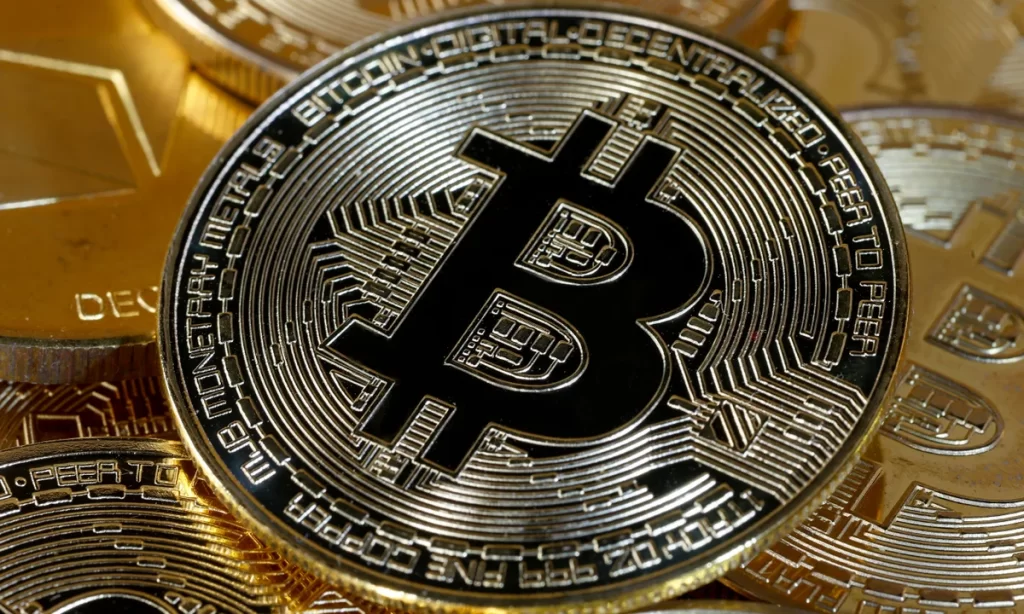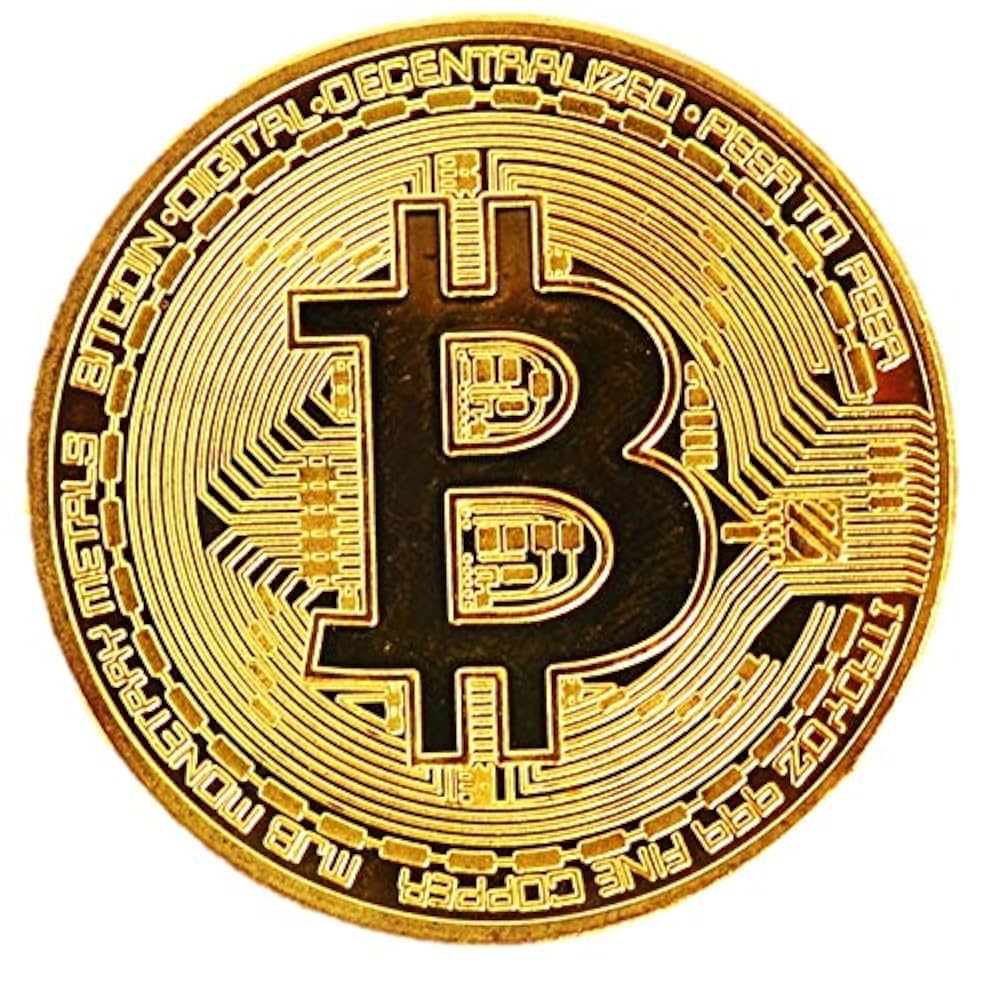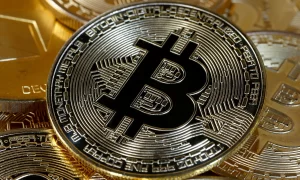
The “Buy Now, Pay Later” (BNPL) model has rapidly become one of the most influential trends in consumer finance. This system allows customers to purchase products immediately and spread payments over time, often without interest if installments are made on schedule. For businesses, BNPL has become a strategy to increase sales and attract new customers. However, the effect on personal and business finances is complex, balancing opportunities with risks.
Why BNPL Appeals to Consumers and Businesses
The appeal of BNPL lies in its simplicity. For consumers, it makes expensive items appear more affordable by breaking them into smaller, manageable payments. For businesses, offering BNPL options reduces cart abandonment and drives higher conversion rates. In fact, companies adopting these models report increased sales volumes because customers are more likely to commit to purchases when they don’t feel immediate financial strain.
This ease of access, however, has behavioral finance implications. People tend to underestimate long-term financial commitments when payments feel small. Businesses, while benefiting from higher sales, must remain cautious about whether such spending patterns translate into sustainable growth. Financial analysts often point out that such tools can amplify consumption, much like how investment platforms such as Crypto 30x Pro influence investor behavior by providing easy access to digital assets.
The Financial Consequences for Consumers
While BNPL systems appear interest-free, missed payments can trigger late fees or other charges, making them more costly than expected. Multiple small BNPL commitments can also accumulate into significant debt, especially when paired with other financial obligations like credit cards, loans, or mortgages.
This poses a serious challenge to younger consumers, many of whom are drawn to BNPL as an alternative to traditional credit. Unlike credit cards that often build a clear repayment structure, BNPL can make budgeting harder. The risks lie in the hidden psychological impact: purchases feel less substantial, which encourages overspending.
How BNPL Affects Business Finance

From a business perspective, BNPL can be a double-edged sword. On one hand, merchants receive immediate payment from BNPL providers, helping stabilize cash flow and reduce direct exposure to customer repayment risks. On the other hand, they must pay transaction fees to these providers, which reduces profit margins.
Fintech providers offering BNPL face the most significant risks. Their profitability depends on effective risk assessment—predicting which customers are likely to repay and which may default. If defaults rise sharply, BNPL companies could face liquidity challenges. This risk resembles volatility in financial markets, where tools like cryptocurrency investment resources help traders evaluate opportunities but also expose them to sudden downturns.
Behavioral Finance and BNPL
BNPL is closely tied to concepts in behavioral finance. Consumers are more likely to justify spending when the pain of payment is delayed. This is the same psychological principle behind subscription models and installment plans.
From a business standpoint, understanding these behavioral patterns can help structure more sustainable BNPL offerings. For example, companies that encourage transparency and provide financial education alongside BNPL options are more likely to build long-term trust with customers.
Regulatory and Oversight Issues
One of the challenges with BNPL lies in regulation. Unlike traditional credit products, many BNPL services fall outside existing consumer protection frameworks. This leaves room for inconsistent practices, unclear fee structures, and insufficient safeguards against consumer debt accumulation.
As regulators catch up, businesses must anticipate stricter compliance rules. Those that prepare early—by ensuring transparency, fair interest practices, and ethical marketing—will be better positioned for future stability. Failing to adapt could expose both BNPL providers and partner retailers to reputational risks.
The Broader Economic Implications
On a macroeconomic level, BNPL stimulates demand by encouraging spending. In the short term, this can benefit retail sectors, especially e-commerce. However, if large numbers of consumers fall into repayment struggles, it may weaken household financial health, leading to reduced long-term consumption.
BNPL also introduces systemic risks if defaults rise across entire markets. Financial institutions and fintech firms that rely heavily on BNPL revenue could face stress, creating ripple effects across broader economic systems.
Striking a Balance
To maximize the benefits of BNPL, consumers must treat it with the same discipline they would apply to loans or credit cards. Setting spending limits, tracking multiple installments, and prioritizing on-time payments are essential to maintaining financial stability.
Businesses, meanwhile, should integrate BNPL thoughtfully. Offering installment payments can attract customers, but firms must evaluate the trade-off between increased sales and reduced margins due to BNPL provider fees. Transparent communication about repayment terms can also help businesses maintain trust in the long run.
The Future of BNPL in Business and Finance
Looking forward, BNPL is expected to evolve beyond retail purchases. Already, sectors like healthcare, travel, and education are experimenting with installment-based payment models. This expansion suggests that BNPL could soon influence nearly every aspect of consumer finance.
For investors and financial professionals, BNPL highlights the importance of understanding consumer psychology and evolving business models. Just as platforms give traders insights into fast-moving digital markets, BNPL represents a frontier where financial innovation meets consumer behavior.
Conclusion
The Buy Now, Pay Later model is reshaping consumer and business finance alike. It makes products more accessible, boosts sales for companies, and reflects broader shifts toward digital-first financial solutions. At the same time, it introduces risks—encouraging overspending, increasing consumer debt, and challenging businesses with regulatory and margin pressures.
BNPL, like many financial innovations, is neither inherently good nor bad. Its impact depends on how responsibly it is used by consumers and implemented by businesses. When managed wisely, BNPL can enhance financial flexibility and support growth. When mismanaged, it can lead to debt traps and systemic risks. The challenge lies in striking the right balance between convenience and responsibility in this evolving financial landscape.







